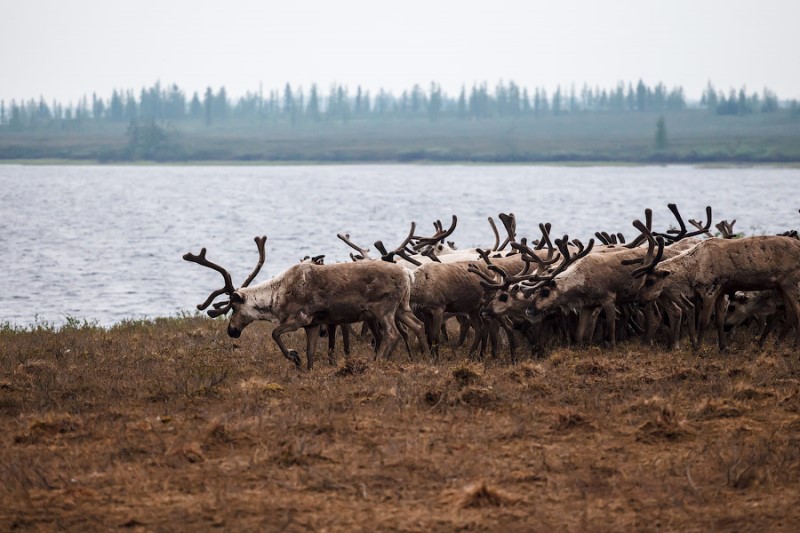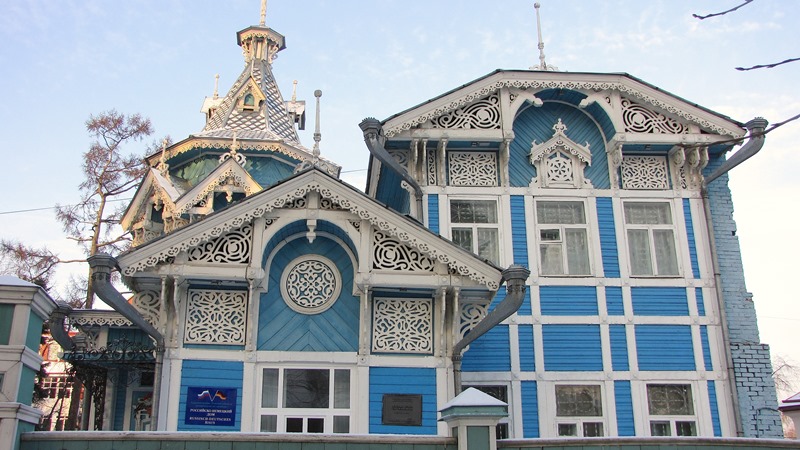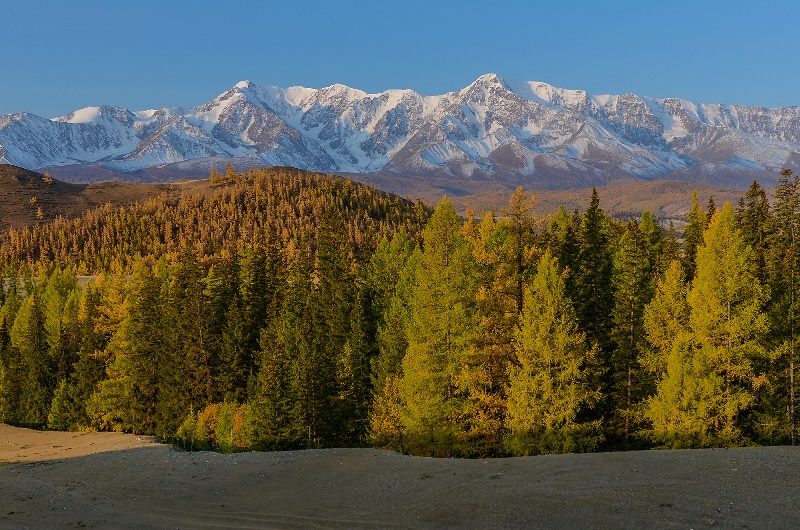How to reach us
117 Uritskogo Str.
Krasnoyarsk, RUSSIA
- e-mail:
- info@sayanring.com
- Open hours:
- Monday-Friday 10 am-7 pm
- Sat 11 am - 4 pm
- Sun - day off
Western Siberia
Western Siberia is a part of Siberia, located between the Ural Mountains in the west and the Yenisei river in the east 1,900 km wide, between the Arctic Ocean and Kazakhstan, 2,500 km in length. About 80% of the area of Western Siberia is located within the West Siberian Plain. In the south-east the West Siberian plain, gradually rising, is replaced by the foothills of the Altai mountains, Kuznetsk Alatau and Mountain Shoria. To the north there is tundra and permafrost, in the south - the steppe. The main rivers are the Ob and Irtysh.

The area is 2.5 million square kilometers, 15% of total Russian territory.
The population is about 14.6 million people (as for 2010), 10% of total Russian population.
Western Siberia includes Kurgan, Tyumen, Omsk, Tomsk, Novosibirsk, Kemerovo regions, Republic of Khakassia and Altai, the Altai Territory.
Largest cities: Novosibirsk, Omsk, Tyumen, Barnaul, Tomsk, Kemerovo. Novosibirsk is the easternmost city of Russia and Siberia with its underground.

Western Siberia was attached to the Russian state in the 16th-17th centuries.
The economy is based on oil and gas (Tyumen region), coal (Kemerovo region) and the forest industry. Altai is famous for its agriculture (crop farming and cattle breeding). Novosibirsk and Tomsk are major research centers. The chemical industry is concentrated in Novokuznetsk.
Indigenous people of Western Siberia are Khakassian, Altai, Selkup, Nenets, Khanty, Mansi and others. They are reindeer herders, hunters for fur-bearing animals, fishermen, horse breeders.
Tourists “pearls” of the region to be considered the Altai mountains, Belukha, burial mounds and petroglyphs of Khakassia, wooden historical center of Tomsk, alpine skiing resort Sheregesh.
See also Siberia, Eastern Siberia

| Tweet | | Поделиться |




